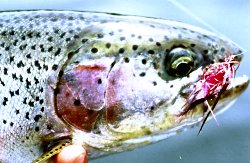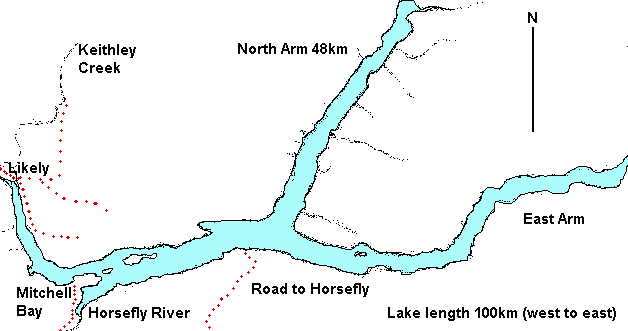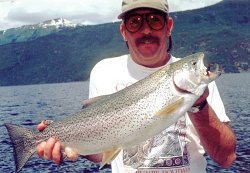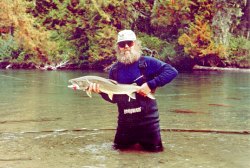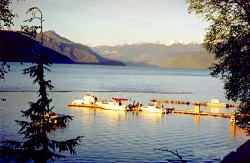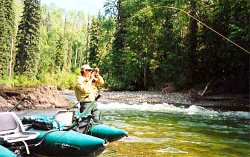|
|
|
List of BC Adventure Advertisers Site Info
Advertise With UsAwards About Us Contact Us  Kayak with Killer Whales Free Vacation Guides
BC Vacation GuidesCoastal Vacations Thompson Okanagan EcoTourism Fishing Vacations Guest Ranch Guide Romantic Getaways Wilderness Vacations Winter Vacations The Rockies Guide 
Coastal Spirits Expeditions Login |
|
 Follow Us On Facebook Resorts
& Charters
British Columbia Saltwater Fishing Resorts, Guides & Charters
Fish the South Coast Barkley SoundCampbell River Clayoquot, Nootka & Kyuquot Sound Northern Vancouver Island Southern Vancouver Island Strait of Georgia Sunshine Coast Vancouver & Howe Sound Fish the North Coast Chatham SoundDouglas Channel Milbank Sound & Rivers Inlet Queen Charlotte Islands Hot Spots
BamfieldCampbell River Gold River Hakai Pass Langara Island Port Alberni Port Hardy Port Renfrew Prince Rupert Rivers Inlet Shearwater Tofino Victoria Waterfront Salmon Online
Chinook SalmonChinook of Juan de Fuca Chum Salmon Coho Salmon Contacting the Fish Guide Your Way To Success Happy Halibut Hunting Happy Halibut Hunting (Pt2) Happy Halibut Hunting (Pt3) Likes the Lakes Pink Salmon Sockeye Salmon Steelhead Bobber Tip The Butts of Bamfield Trolling Tip for Sidney Saltwater Fly Patterns
Black BomberHakai Thorn Coho Fly Salmon Dry Flies Silver Thorn Chinook Tonquin Thorn Saltwater Fly Tactics
Beach Fishing PinksBucktailing Equipment Tips Fly Fishing Tofino Reading Land & Water Tides for Salmon Fly Fishing Techniques
Boat Electrical PotentialCasting for Your Catch Drift Fishing (Pt1) Drift Fishing (Pt2) Drift Fishing Salmon Fly Casting Follow the Birds Keeping Warm Mooching for Salmon Naden Harbour Opportunity to Angle Releasing Large Fish Releasing Scorpion Fish Rubber Worms Tough Knots for Big Fish Trolling for Salmon (Pt1) Trolling for Salmon (Pt2) Trolling for Salmon (Pt3) Winter Fishing the Capital |
|||||||||
|
|||||||||||
